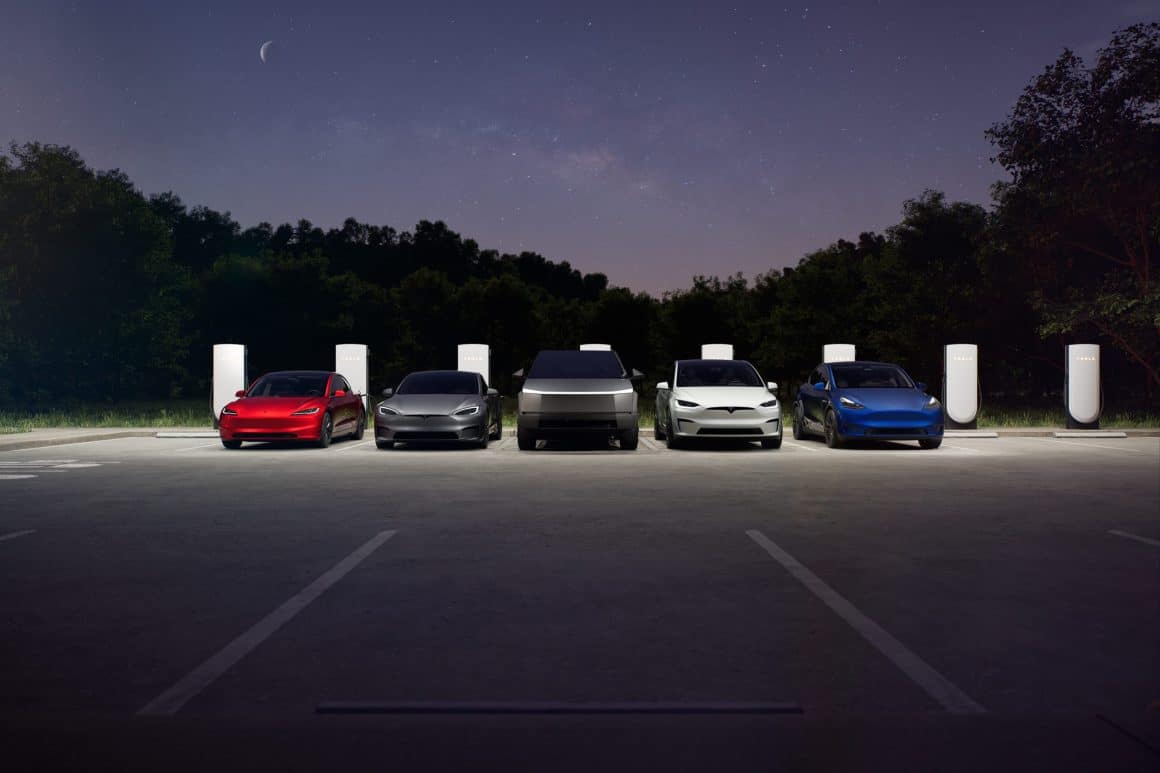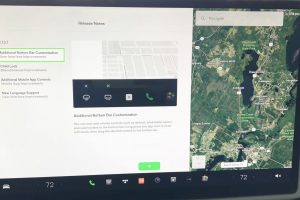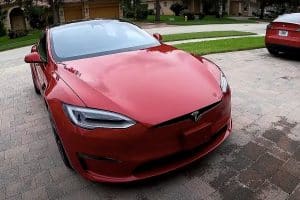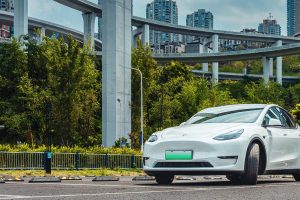- 🚗 The U.S. government is providing up to $521 million in grants to expand EV charging infrastructure, aiming for over 9,200 new charging ports.
- 🌍 $321 million will be allocated to 41 community-based projects, and $200 million will support 10 corridor fast-charging projects.
- 🔋 Notable projects include a 53-site network in Milwaukee for $15 million and a 50-plug DC Fast-Charging Hub at Atlanta airport for $11.8 million.
- 📈 The White House aims for 500,000 public charging ports nationwide, up from the current 192,000 as of August 2023.
- ⚡ The Biden administration’s NEVI program, with a $5 billion budget, faces slow charger deployment, but 1,000 public chargers are added weekly.
- 🔮 Bloomberg predicts electric charging stations will surpass the number of gas stations in the U.S. by 2032.
- 🚀 Tesla leads in fast-charging station rollout, opening its network to non-Tesla EVs and setting the industry standard with the NACS plug
Paving the Path for Electric Future
As the world shifts towards sustainable technologies, the U.S. government is taking a significant step forward by investing up to $521 million in grants dedicated to expanding electric vehicle (EV) charging infrastructure. The initiative aims not only to improve current systems but also to future-proof transportation across the nation. In this blog post, we will delve into the specifics of this ambitious project, analyze its potential impact, and discuss its implications for the EV industry.
The Need for Expansion
The statistics are clear: as of August 2023, the United States houses around 192,000 public charging ports. However, the demand for EVs is surging, largely driven by consumers seeking greener options and governments pushing for lower emissions. Consequently, the White House has set a target to increase the national count of public charging ports to 500,000. This endeavor requires considerable investment, strategic planning, and swift execution.
Breaking Down the $521 Million Investment
The U.S. government, alongside the Energy Department and Federal Highway Administration, announced a comprehensive plan to allocate $521 million towards expanding the EV charging infrastructure. Here’s how the funds will be distributed:
- Community Development Projects: $321 million will fund 41 projects focused on community charging networks, enabling local areas to create accessible and efficient charging solutions.
- Corridor Fast-Charging Projects: A further $200 million is dedicated to 10 fast-charging projects strategically located along travel corridors. These stations aim to facilitate long-distance travel for EV drivers, reducing range anxiety.
Significant Highlights
Several notable projects have already been unveiled under this initiative:
- Milwaukee’s 53-site Network: With a budget of $15 million, Milwaukee is set to establish a network of 53 charge points, enhancing accessibility for local EV users.
- Atlanta Airport’s DC Fast-Charging Hub: Allocating $11.8 million towards a state-of-the-art 50-plug hub, this project aims to maintain the charge of rental fleets, shuttles, and ride-hail vehicles, ensuring uninterrupted service.
Evaluating the National Electric Vehicle Infrastructure (NEVI) Program
While the new grant initiative sets a promising course, it’s essential to consider existing programs like the National Electric Vehicle Infrastructure (NEVI) program. Launched with a $5 billion fund, it represents a landmark commitment to nationwide charging accessibility. Yet, despite the backing, the deployment rate has faced criticism for being sluggish.
- Slow Deployment: As highlighted by officials, only about seven stations had been activated under NEVI as of mid-2023. Though logistical challenges have delayed launches, the Federal Highway Administration is currently ramping up to deploy around 1,000 public chargers each week.
Industry Leaders Take Charge
In line with government efforts, industry leaders like Tesla are playing a crucial role in the charging infrastructure landscape. Tesla has pioneered fast-charging technology, noted for its reliability and efficiency. Recently, the company took the innovative step of opening its charging network to non-Tesla vehicles, promoting its proprietary North American Charging Standard (NACS) plug. This move not only expands charging options for EV users but potentially sets a new industry standard.
Looking to the Future
The road ahead is promising. Bloomberg’s projections suggest that by 2032, the number of electric charging sites will outnumber traditional gas stations across the U.S. Such a shift heralds a transformative era in transportation, where outdated models make way for innovative, eco-friendly alternatives.
Conclusion
The $521 million grant initiative marks a critical milestone in the journey towards a more sustainable transportation framework in the U.S. By addressing infrastructure gaps and aligning with industry innovation, the government and stakeholders present a united front in the global quest for reducing carbon footprints.
Whether it involves strategic community investments, advanced corridor projects, or industry-leading initiatives, every element of this plan will play a pivotal role in achieving a well-integrated, efficient, and accessible EV infrastructure.
As these projects unfold, they will profoundly impact consumer perception and adoption of EVs, paving the way for a greener and more sustainable future.





